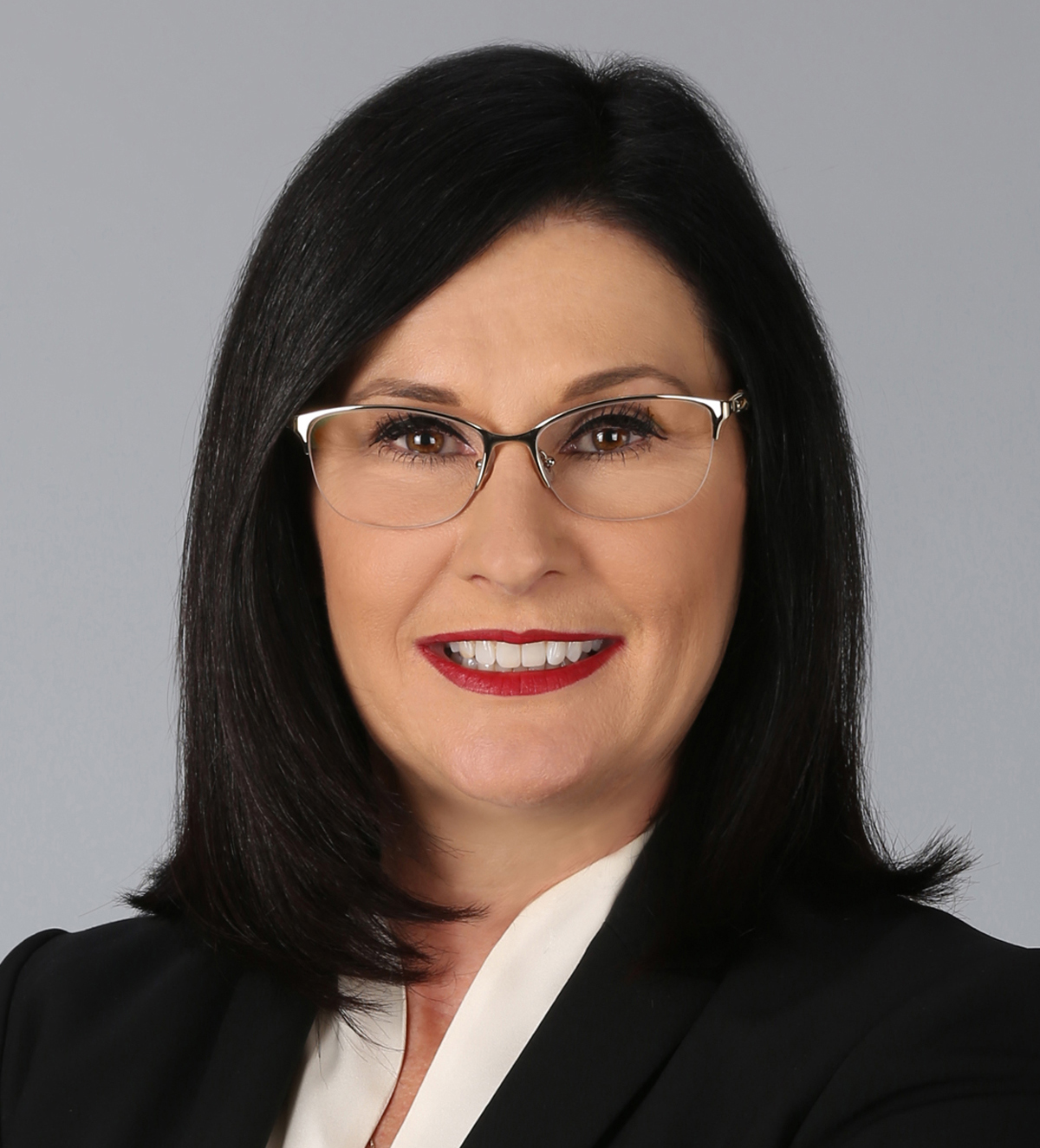There’s an old saying that South Florida business people don’t pay attention to county lines. Now, there’s a move to tear one down when it comes to the Greater Miami Chamber of Commerce and the Greater Fort Lauderdale Chamber of Commerce.
The groups announced Monday that they are exploring a merger that would help create a better regional voice and provide more benefits for members. A memorandum of understanding was signed by the executive committees of each group and a final decision is expected by the end of the year.
The Greater Miami Chamber has long positioned itself as a regional organization, so a merger would fit well with its agenda. Long-time CEO Barry Johnson, who has announced plans to retire, knows Broward County very well since he lives in Coral Springs. Most of the executive board belongs to businesses, such as banks, law firms and accounting firms, that are active throughout the region.
The merger would likely be supported by a lot of businesses in the region, since many are already members of both organizations. (SFBW is among them.) Comments from the chairman of the groups indicate there could be efficiencies and costs savings. That’s always a plus these days.
The Miami chamber has a robust series of informative, educational programs, such as the CEO Roundtable, that work with regional discussion.
I can think of a couple of potential subjects that might need to be hashed out.
One could be reassuring members of the Fort Lauderdale chamber that they won’t be eclipsed by the size of the Miami chamber. The Fort Lauderdale chamber had $1.39 million in revenue and $1.39 million in assets for 2014 while the Miami chamber had $3.69 million in revenue and $2.04 million in assets for 2013, according to the latest data on Guidestar. The Miami chamber was first with 4,500 members while the Fort Lauderdale chamber was sixth with 1,400 members, according to a list of largest chambers in the South Florida Business Journal.
Another question could be just the logistics of trying to get members to events in another county. How many Broward business people would want to go to Jungle Island for trustee level meetings? Would somebody on Brickell be willing to go to downtown Fort Lauderdale? Top level meetings might need to be rotated to keep everyone happy. The combined group also could keep the local councils approach of the Fort Lauderdale chamber. It has groups for specific geographic areas, such as downtown, Weston and the beach.
The chairs of the two chambers were optimistic in a press release about the merger.
“This is a great opportunity to provide even better service, leadership and value for businesses throughout South Florida while allowing us to operate more cost effectively for our members,” said Christine Barney, chair of Greater Miami Chamber and CEO of rbb Communications. “The Greater Miami Chamber has always been a regional chamber serving Palm Beach to the Keys, and there are many issues that are more effectively addressed with a regional approach.”
“There are already many existing synergies between our two groups, and by consolidating our powerbases we increase our ability to shape key issues regionally while continuing to address the matters that impact our local businesses and economy,” said Heiko Dobrikow, chair of the Greater Fort Lauderdale Chamber of Commerce and General Manager of the Riverside Hotel.
South Florida has gotten at least marginally more unified in the past few decades. The Beacon Council, Greater Fort Lauderdale Alliance and Business Development Board have begun cooperating more rather than trying to poach businesses from neighboring counties.
A task force will study other national models currently used in Houston, St. Louis and Orlando to explore the merger of the chambers.










